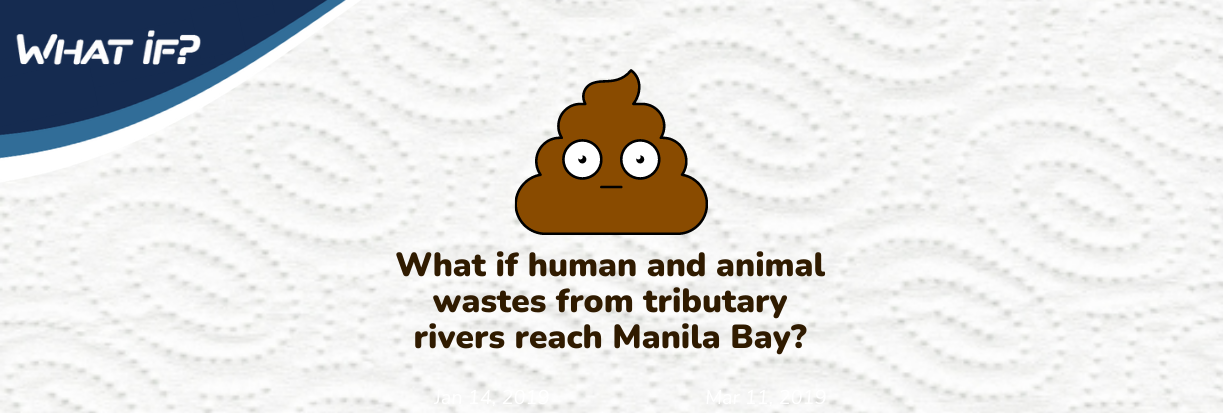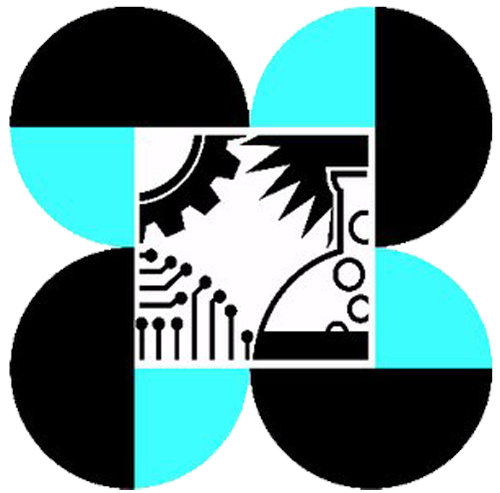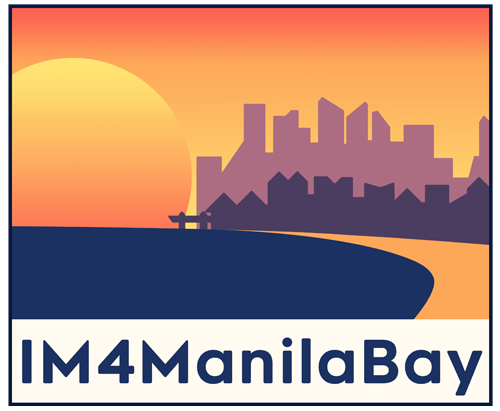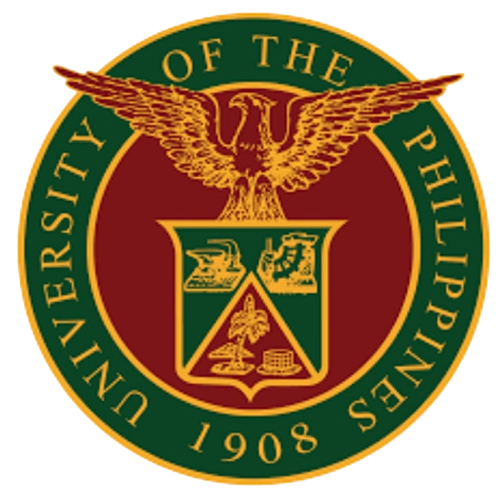The massive effort to clean up and rehabilitate Manila Bay remarkably caught attention from many sectors of society. This includes an ambitious target of making its waters fit for swimming, diving, and other forms of contact recreation. While floating garbage and suspended debris at the shores are obvious targets of the cleanup, a lot of other pollutants remain unaccounted for. Note that other forms of pollution are also transported to the shores and the Bay from the surrounding watersheds through river discharges. For instance, human and animal wastes that contaminate waterways end up in the Bay and make the waters unideal for a beach getaway.
Fecal Coliform presence in waters is associated with human and animal wastes and may indicate the presence of other disease-carrying organisms that thrive in the same environment. High levels of fecal coliform in water bodies make them unsuitable for swimming due to the illnesses that the bacteria may cause. Therefore, it is one of the parameters included in the water quality monitoring. Water quality modeling can help us understand the dynamics of pollutants in the water that undergo physical and biochemical processes (e.g. fecal coliform). Models supplement the limitation of monitoring especially in the spatio-temporal variations in the water quality (changes in water quality through time and across different parts of the water body being modeled).
Fecal coliform concentration in Manila Bay varies spatially, with higher concentrations near outlet locations of major tributaries. At the Pasig River outlet, fecal coliform ranged from 79,000 – 2,400,000 Most Probable Number (MPN) /100 mL in 2019 with a geometric mean of 350,000 MPN/100 mL. On the other hand, fecal coliform at the Pampanga River outlet ranged from 130,000 – 2,700,000 MPN/100 mL with a geometric mean of 460,000 MPN/100 mL.
High levels can be observed around these outlet points during the dry season (January to June), although the extent of dispersion is limited due to weaker residual flows during this season (in case you missed it, check our post about residual flows here: https://bit.ly/ResidualFlows). From Pampanga River’s outlet, fecal coliform movement is westward, going to the northern coast of Bataan (northwest portion of Manila Bay). Fecal coliform loading from Pasig River follows through a southwestward movement of residual flows especially during the months prior to the peak of the dry season (May). There is also a slow outward movement from the plumes formed around the discharge locations of the rivers.
During the wet season (July to December), high levels of fecal coliform spread further from the shores to the center of the bay, while fecal coliform levels near the shore remain high. Clockwise residual flows transport fecal coliform from Pampanga River’s outlet towards the coasts of Bulacan, converging with pollution coming from Bulacan River Basin. Effluents from Pasig and Paranaque River are transported towards Bacoor Bay which also receives waters and pollution from tributaries in Cavite. It is during this season when residual currents are stronger and tend to disperse material to the southwest part of the bay, thereby contaminating a larger area of the bay. Fecal coliform remains in the bay until they decompose.
As a reference and according to water quality guidelines (DAO 2016-08), bathing waters should have a fecal coliform count of not more than 100 MPN/100mL of water (1 million MPN/cubic meter). The lowest class of fishery water intended for commercial fishing should ideally have fecal coliform of at most 200 MPN/100 mL, while navigable waters should at most have 400 MPN/100 mL. Based on the water quality simulation results, most of the northern portion of the bay is not suitable for commercial fishing during the wet season, while also falling short of the minimum standards for classified navigable water bodies. Moreover, the coasts surrounding Manila Bay are mostly not suitable for swimming.
Shore areas are usually eyed for swimming and recreation purposes, especially the shallow beaches near communities. In the mandated clean-up of Manila Bay, fecal coliform concentration in coastal areas has been monitored and the results have been used to assess if a coastal area is safe for primary contact recreation such as swimming. However, the water quality simulation results reveal that fecal coliform concentration in Manila Bay exceeds the guideline value of 100 MPN/100 mL (1 million MPN per cubic meter) in coastal areas of Pampanga, Manila, and Cavite all throughout the year.
Pasig-Pasay-Bacoor Bay area as seen in the image here, fecal coliform enter the coastal waters from Pasig River, Parañaque River, Imus River, and other tributaries that drain to Bacoor Bay. During the dry season, fecal coliform accumulates around these outlets. Pasig river discharge induces southwestward flows and constricts the flushing of materials out of the Bacoor bay. During the wet season, higher discharge rates carry more pollutants to the coastal waters while stronger residual currents to the southwest direction result in a wider scope of contamination. Fecal coliform is transported faster from the shore to the open sea, but fecal coliform levels at the shore remain high due to the continued pollution loading. In order to make Manila Bay swimmable, historical data on fecal coliform should be given attention. Regular and more stringent monitoring of water quality would help to better assess the water body’s suitability for its intended beneficial use and to identify appropriate actions and strategies to mitigate the pollution.
The water quality model considers the active processes that substances, algae, and nutrients undergo. This includes physical processes such as dispersion and settlement, and biochemical processes such as algal growth, nutrient consumption, and decomposition. The mortality of fecal coliform is accounted for in the model. Pollutant loading was considered in the model through point sources which are the river discharges that flow to the bay. Values for the water quality parameters were estimated using available secondary water quality data from nearby sampling locations.
The water quality model was developed to capture the dynamics of nutrients and fecal coliform in Manila Bay. The Delft3D water quality module enables the coupling of hydrodynamic model results with the water quality data. In our water quality model, we used the same hydrodynamic setup and results previously introduced here: https://bit.ly/MBHydrodynamics. The hydrodynamics influences the movement of pollutants and materials across the bay.
Secondary data on water quality from the Environmental Management Bureau of the Department of Environment and Natural Resources (DENR-EMB Regions 3, 4a, and NCR) and from Pasig River Coordinating and Management Office (PRCMO) were used as inputs as well as reference values for the calibration of the model. Parameters such as maximum production rate of algae, respiration rates, and decay rates of organic matter were adjusted as part of the calibration. In addition to secondary data, which were compared with model results for validation, field observations and remote sensing analysis conducted by Project MapABLE also helped in validating the model. Spatio-temporal distribution of fecal coliform from the model results showed a similar trend with the satellite-derived images of total suspended matter. The gathered secondary data on water quality parameters at sampling locations were reported on a monthly basis. All Manila Bay tributaries that were monitored for fecal coliform have all exceeded the guideline value for Class C tributaries of 200 MPN/100 mL. Among the monitored tributaries, the minimum value measured is at 23,000 MPN/100 mL in Angat River. Hence, utmost priority must be delegated in the reduction of fecal coliform concentration from tributaries flowing to Manila Bay.














 Room 235, National Hydraulic Research Center,
Room 235, National Hydraulic Research Center, esmart.im4manilabay@gmail.com
esmart.im4manilabay@gmail.com 

No responses yet